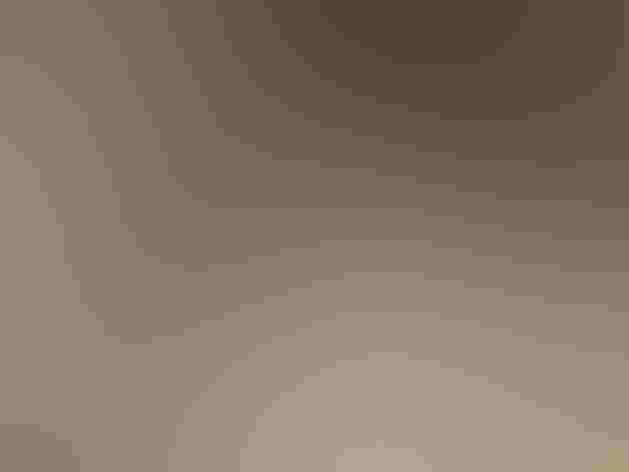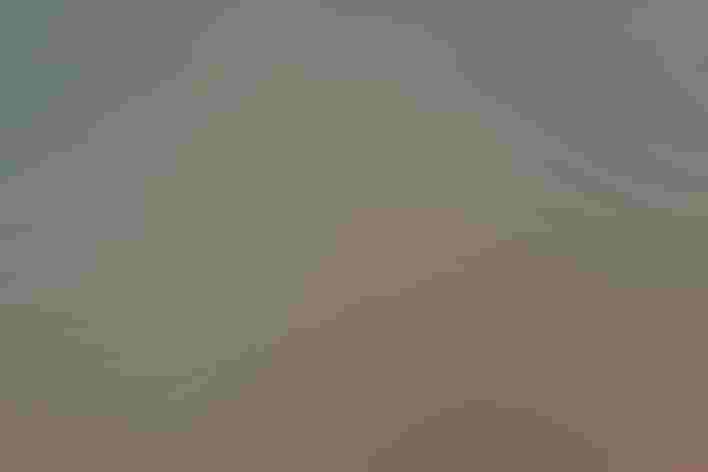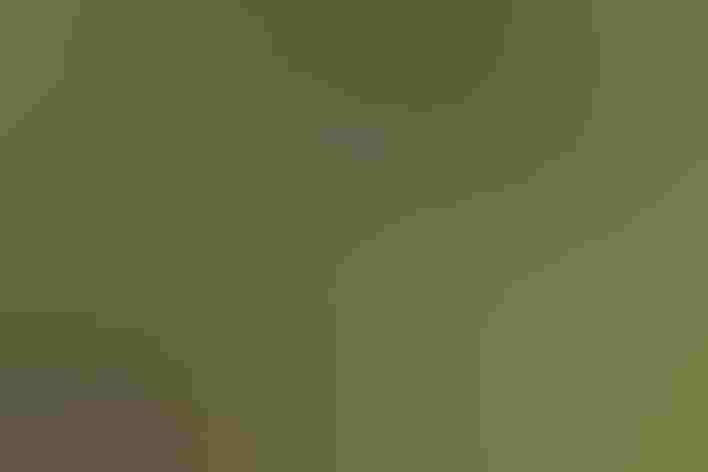Eurasian Skylark
At a Glance
This is one of the most famous songbirds in the world, celebrated by British poets and naturalists. English settlers in North America tried repeatedly to introduce the skylark to this continent, but they succeeded only on southern Vancouver Island, British Columbia. Present since the early 1900s, there are still a few skylarks around the edges of Victoria, but they are gradually disappearing as development takes over their habitat.
All bird guide text and rangemaps adapted from by Kenn Kaufman漏 1996, used by permission of Houghton Mifflin Harcourt Publishing Company. All rights reserved.
Category
Larks, Perching Birds
IUCN Status
Least Concern
Habitat
Fields, Meadows, and Grasslands, Tundra and Boreal Habitats
Region
Alaska and The North, Northwest, Western Canada
Behavior
Direct Flight, Flap/Glide, Flitter, Running
Population
20.000.000
Range & Identification
Migration & Range Maps
Introduced birds are permanent residents. Migratory birds from northeastern Asia have reached Alaska, and one has wintered in California.
Description
7-7 1/2" (18-19 cm). Rather thin bill, heavy streaks on back and chest, short crest, white outer tail feathers.
Size
About the size of a Robin, About the size of a Sparrow
Color
Black, Brown, Tan, White
Wing Shape
Pointed
Tail Shape
Notched, Square-tipped
Songs and Calls
Utters a beautiful, trilling song high in the sky that may last for several minutes. Calls trly or prrit. Also mimics other birds.
Call Pattern
Complex, Undulating
Call Type
Buzz, Chirp/Chip, Trill, Whistle
Habitat
Open country, fields. Introduced population on Vancouver Island lives in open areas with fairly tall grass. On native range in Eurasia, found in any kind of open country, farmland, extensive lawns, edges of marshes.
Sign up for 爆料公社's newsletter to learn more about birds like the Eurasian Skylark
Behavior
Eggs
Usually 3-5. Pale gray, sometimes with greenish tinge, heavily spotted with olive or brown. Incubation is by female only, about 11 days.
Young
Fed by both parents. Young often leave nest after 8-10 days, but not able to fly well until 10 days later.
Feeding Behavior
Forages by walking on ground in open areas, picking up items from ground, and pecking at plant stalks and seed heads.
Diet
Seeds, insects. Diet in North America not known in detail. In Europe, feeds mostly on seeds of grasses and weeds, grain in agricultural fields, and leaves of various ground plants. Also eats many insects (including beetles, caterpillars, and others) and some spiders, millipedes, and snails, mostly in summer. Young birds are fed mostly insects at first.
Nesting
Male may sing at any season, but most intensively in early spring to defend nesting territory and attract a mate. In typical song-flight display, male takes off from ground and flies up in steep spiral to as high as 150-300' above the ground, singing most of the way up; then hovers and circles for several minutes, singing continuously, before gradually spiraling down to ground while continuing to sing. Nest site is on ground, in an open area among short grass. Nest (probably built by female only) is a slight depression in the ground lined with grass and rootlets, with an inner lining of finer grass and sometimes animal hair.
Climate Vulnerability
Conservation Status
Introduced population in North America is gradually declining. On native range in Eurasia (and where introduced in New Zealand and Australia), some recent declines but still widespread and abundant. Also introduced in Hawaii.








